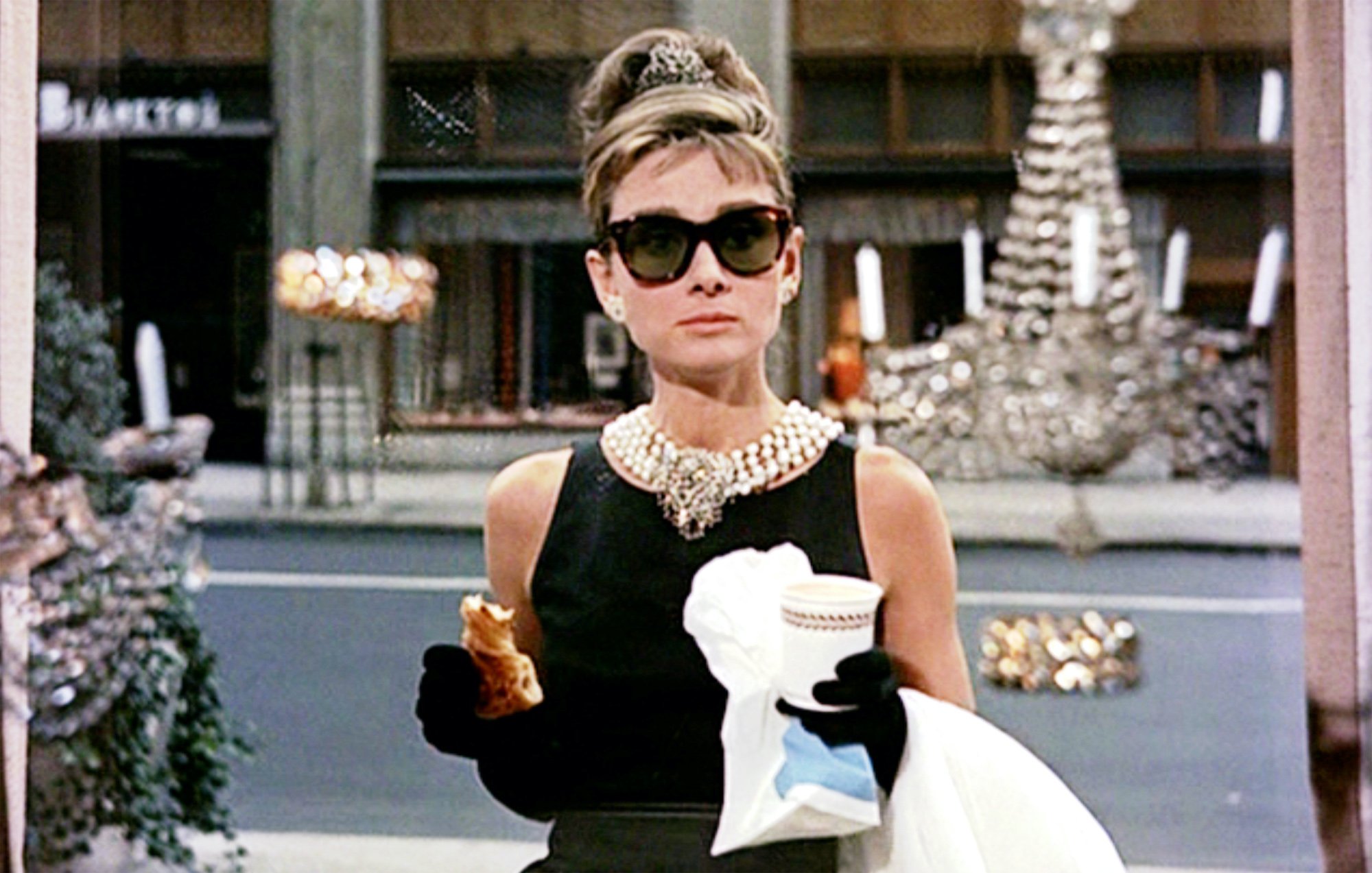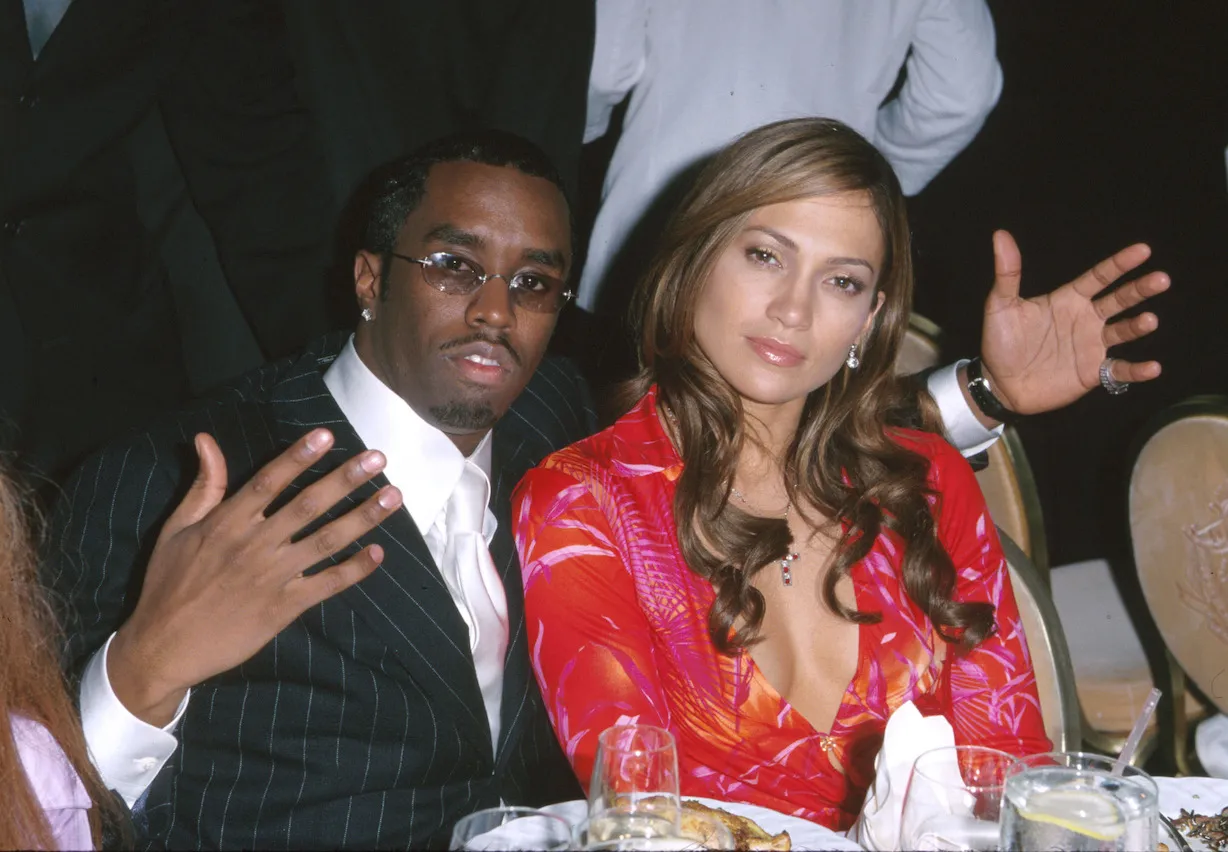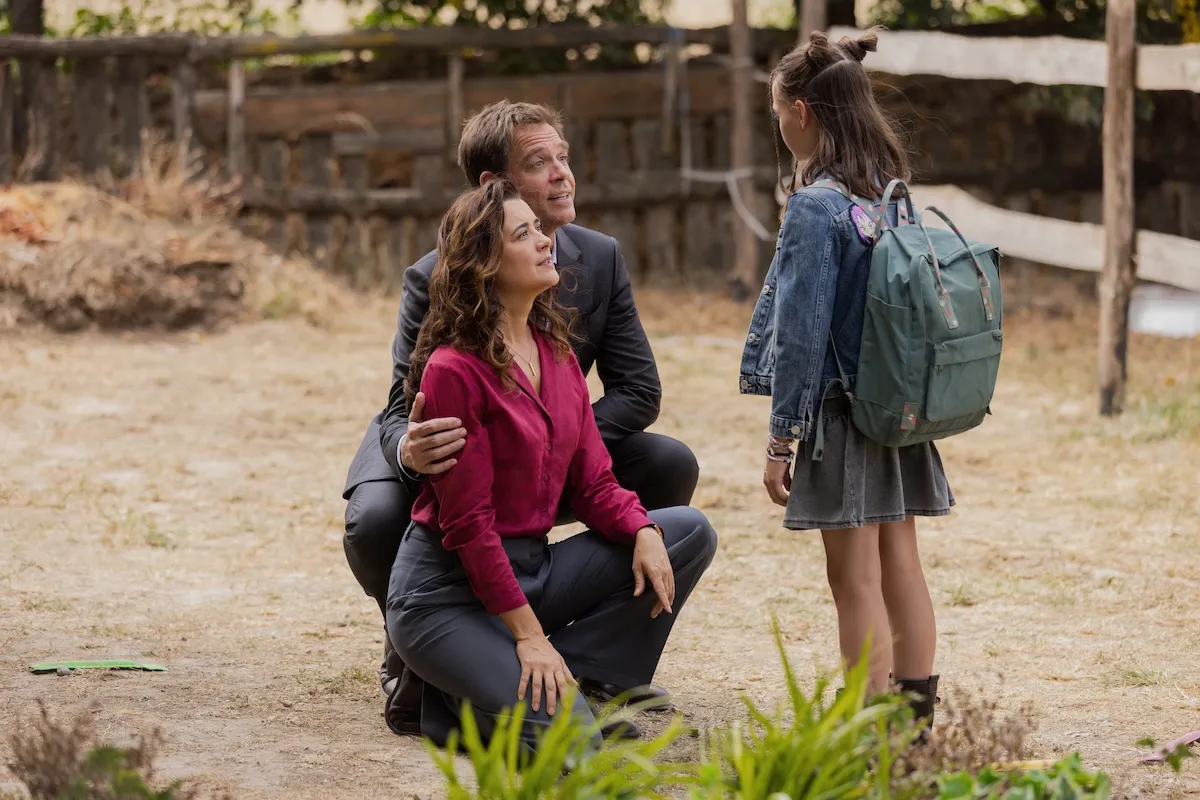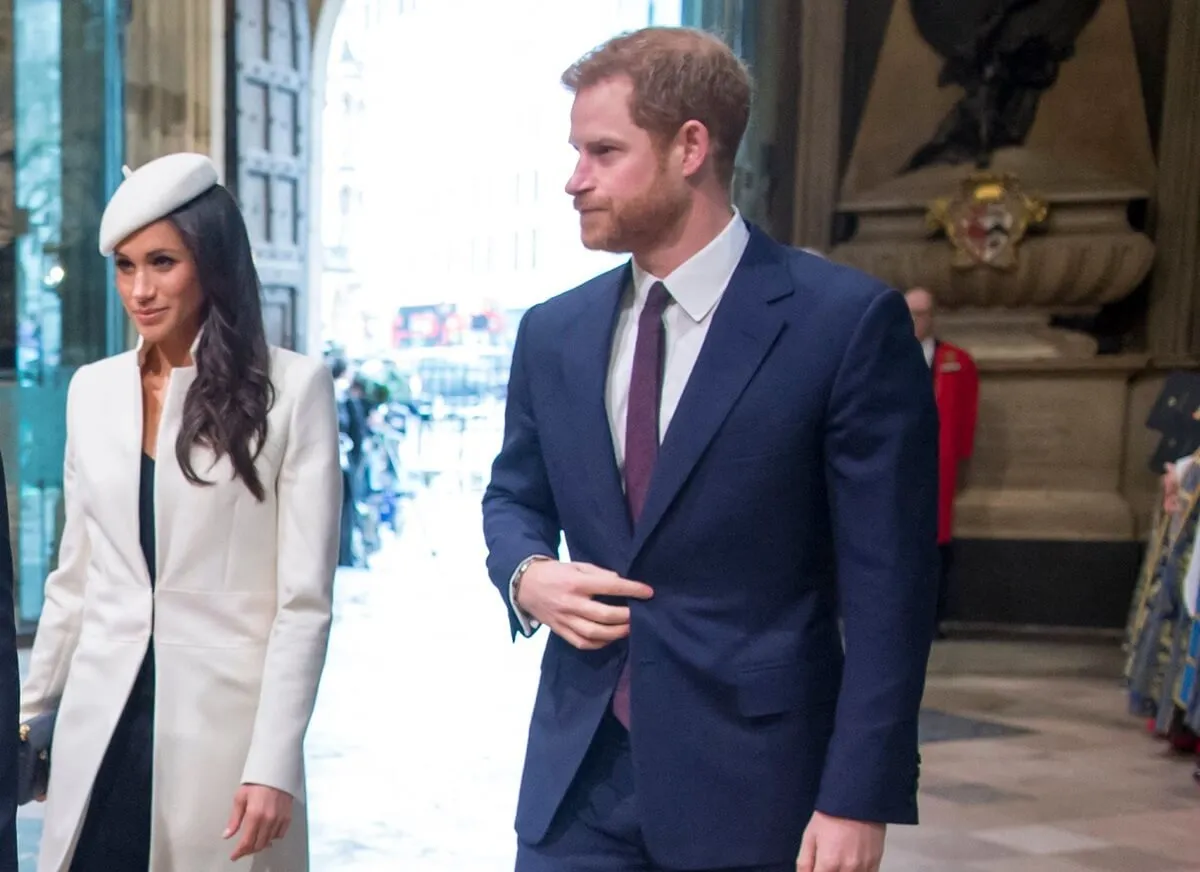‘Breakfast at Tiffany’s’: Truman Capote Trashed the Film Because He Hated Audrey Hepburn as Holly Golightly
Audrey Hepburn was a truly inspiring movie star, a generous, charming soul who loved to share her good fortune with others. In addition to her beautiful personality, she was absolutely stunning. She became a fashion icon, always exuding grace and elegance.
Hepburn lit up the screen in many delightful films, but her most widely recognized role was in Breakfast at Tiffany’s. Although she described it as one of her most challenging roles, she delivered the performance of a lifetime. Despite her incredible portrayal of Holly Golightly, Truman Capote–author of the Breakfast at Tiffany’s novella–was disappointed. He had a star in mind who was very different from Hepburn…

‘Breakfast at Tiffany’s’: One of the most iconic films in Hollywood history
The dress. The pearls. The tiara. Audrey Hepburn looks like the epitome of Manhattan elegance in the most notable role of her career–Holly Golightly. Although Hepburn’s character dressed like a socialite, she certainly didn’t act like one. Hepburn shines as the wonderfully wacky, carefree Golightly–a young woman who says what she wants, when she wants, and doesn’t seem to care what anyone else thinks.
Golightly lives in Manhattan and spends her time hosting wild parties and window shopping at Tiffany’s. She seems to know everything about everyone, and her extremely diverse group of acquaintances are charmed by her every move. She has a long line of suitors–none of whom she seriously cares about–who she seems to date solely as a source of income.
Another strange source of income is her visit to Sing Sing prison. She goes to Sing Sing once a week to visit a mobster who goes by the name of Sally Tomato, and is paid $100 to deliver “the weather report.” Although Holly seems fairly emotionally shallow, few (if any) of the people in her life really know her. She is careful never to get too close to anyone and never talks about her life before New York City.
When she meets a young writer named Paul Vargas, she feels like he is a kindred spirit. He is dating an older woman who lives in Holly’s building, and she sees the woman writing checks for Paul when he leaves her apartment. She gives him money to help him “fund” his writing career, but his situation is very similar to Holly’s and the men she dates. When Holly begins falling in love with Paul, secrets about her past come to light, and he becomes one of the only people to really know her.
Breakfast at Tiffany’s inspired a plethora of women throughout the ages to embrace the classic, vintage styles showcased in the film. Many people watch Hepburn light up the screen and notice little other than her stunning beauty and the bustling New York City backdrop. However, those that have read the book will notice that the film glosses over quite a bit of the darker parts of Holly Golightly’s story…
The book had a grittier, darker theme that the film missed…
Breakfast at Tiffany’s is considered a romantic comedy, and that’s pretty much what it is. Hepburn’s performance as the quirky Golightly is ripe with funny one-liners, and the cast of characters is endearing. The film never really gets past Holly Golightly’s surface, however–probably because it would have ruined the charming atmosphere and made it all too heavy.
Truman Capote’s novel was published in 1958, and the film was loosely based on it. While many of the characters and much of the plot are the same, it’s the way the story is approached that differs. In the movie, it is insinuated that Holly makes her income from stringing along wealthy men, but it never implies that she has sexual relationships with these men. The book, however, clearly states that she has lived with several men and that she had been pregnant and miscarried.
In both versions, Holly’s character is definitely damaged, insecure, and naive. She actively avoids forming relationships with anyone, because she is afraid of growing too close to people. Although she gets bouts of what she refers to as the “mean reds”, she is generally very happy-go-lucky and flippant. The one time we see her lose control is when her brother, Fred, dies. She completely loses it, trashes the place, and needs to be sedated.
Perhaps the most glaring difference between the book and the film is the ending. The film opted for a happy ending, wrapped up in a beautiful, fairy-tale Hollywood bow. The book ends differently, but some would say more true to Holly’s character. In the book, Holly leaves her cat behind and runs away to South America. She loses her cat for good and spends her life wandering aimlessly from place to place.
Capote was furious about the casting of Audrey Hepburn
When Capote allowed Paramount Studios the rights to turn his book into a film, he had very specific ideas in mind for the cast of characters. Most importantly, he wanted Marilyn Monroe to play the part of Holly. He thought she would be perfect for the runaway from a small southern town turned fabulously chic New Yorker.
The studio tried to follow Capote’s wishes, but Monroe’s friends warned her against taking the role because of what it might do to her reputation. Holly’s character was rumored to be a prostitute, and despite Capote denying that fact, Monroe still decided to turn down the role. Paramount ended up casting Audrey Hepburn as the main character instead, and Capote was furious.
Although the world loved Hepburn’s portrayal of Holly Golightly, Capote never stopped voicing his displeasure with the choice, calling it the “most miscast” film. He really truly believed only Marilyn could have done justice to the role. Buzzfeed reports that biographer Gerald Clarke said he believed Capote saw Holly Golightly as his greatest creation–that’s probably why he had such strong feelings about the casting of the role.


